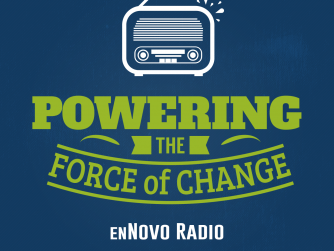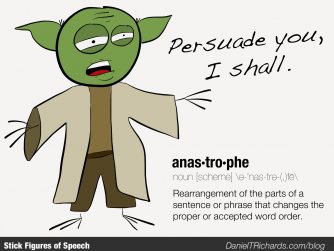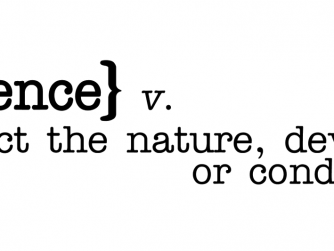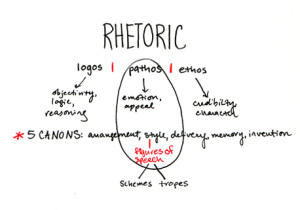Systems theory helps the world understand the interactive relationships that exist in many domains of life and events that occur throughout...
“It was very disgusting,” Newton said. “That’s as blunt as I can be. I could say other words as well. We went back...
Get over the hump by considering these reads from the last week! Why Inspiration Matters “When your Daemon is in charge, do not try to...
Traditional persuasion, giving statistics and facts and quotes from authorities has two problems, according to screenwriter, professor, and...
It would be nice if we lived life in a vacuum. It would be nice if how we lived didn't affect or influence others. It sure would be nice to...
Resonance is a physics concept that describes a system “in which an abnormally large vibration is produced in response to an external...
If we are primarily emotion-based, business leaders attempting to persuade their employees to follow them through one more change in how...
About ten years ago, I took a doctoral class in Mass Communication at the University of Alabama. In part of our discussion, I learned that...
Aristotle’s three appeals – logos, pathos, and ethos – are effective tools in the rhetorical framework, or the art of persuasion. Using all...
I want to talk for a few posts about the storying process. In this post, let’s talk a moment about images and imagination...








